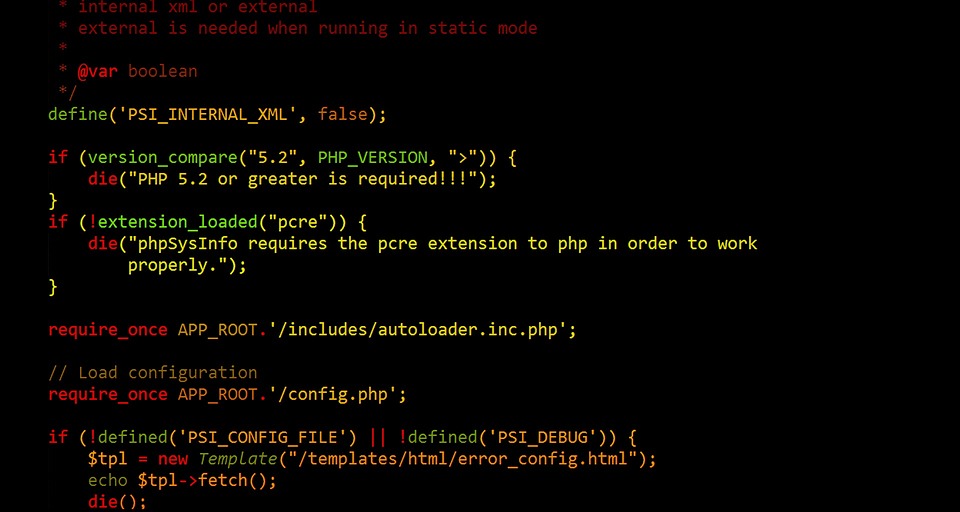Hello there, small business enthusiasts! 😊 As an expert who’s danced through the binary rain of software development and relished the evolving landscape of no-code and low-code platforms, I am thrilled to share my insights into no-code databases—a game-changer for small businesses in 2023. 🚀
Before diving into the depths of database delight, let me invite you to the table of simplicity and efficiency. No-code databases are not just trends; they are revolutionizing how small businesses operate, democratizing application development, and disrupting the traditional necessity of technical wizardry. And, yes, they’re perfect for those who want to focus more on their business and less on the intricacies of coding. 🌐
So buckle up as I guide you through the realm of the best no-code databases that are set to supercharge small businesses this year! Stick with me, and you’ll gain expert knowledge tailored for your entrepreneurial success. ✨
Understanding No-Code Databases in 2023 🤓
Before we explore the best options available, it’s essential to grasp what no-code databases are. In the simplest terms, they empower you to create, manipulate, and manage a database without writing a single line of code. Imagine the convenience of drag-and-drop features, intuitive interfaces, and automation that weaves the web of your data effortlessly.
No-code databases come in various shapes and sizes, catering to different needs and complexities. From storing customer information to managing orders and tracking inventory, these databases serve as the backbone of your digital infrastructure. As 2023 unfolds, they’ve become smarter, more integrated, and more accessible than ever before. 👩💻👨💻
Let’s also recognize the significance of integration with other tools. In this year of 2023, seamless connectivity is not just wishful thinking—it’s a standard. No-code platforms deliver this by playing well with your favorite apps and services, ensuring a unified workflow across your business operations. 🌟
Top Picks for The Best No-Code Databases for Small Businesses in 2023 🏆
Now, the moment you’ve been waiting for—let’s talk about the best no-code databases for small businesses! I’ve curated a list based on ease of use, scalability, integration options, and community support. These are the tools poised to elevate small businesses to new heights this year.
Airtable stands tall among its competition, offering the perfect blend of a spreadsheet’s simplicity with the robustness of a database. It’s a favorite for its visually appealing interface and its ability to handle complex data arrangements with ease. Plus, with its rich gallery of templates and powerful automation workflows, Airtable proves to be a top contender in 2023. 💡
Moving on, AppSheet deserves notable mention. It shines in mobile app creation, turning your data into an interactive application without breaking a sweat. AppSheet’s intuitive AI features enhance the user experience while offering sophisticated customization without the code. 📲
Lastly, I’d be remiss not to nod to Glide, a platform that transforms your spreadsheets into beautiful apps. It’s praised for its real-time data synchronization and its welcoming environment for beginners. Glide’s recent updates make it a strong candidate for any small business looking at 2023 as their year of growth. ✨
Embracing The Power of No-Code Databases for Business Evolution 🚀
The beauty of no-code databases lies in their ability to adapt and evolve with your business. As you navigate 2023, consider how your needs might change and the scalability offered by each platform. The right no-code database grows with you, ensuring your tech doesn’t become obsolete as your business flourishes. 🌱
Integration capabilities also play a critical role in selecting the right platform. The best no-code databases in 2023 offer out-of-the-box integrations with popular tools like Slack, Zapier, and various CRMs. This connectivity boosts productivity and enhances data flow across different aspects of a business. 🌐
And don’t forget community and support! A vibrant user community and responsive customer support can make or break your experience with a no-code database. Platforms like Bubble and Notion not only provide strong databases but also have active communities where small business owners can learn, share and grow together. 💪
Maximizing Value with The Best No-Code Databases for Your Business 📈
To maximize the value you get from a no-code database, it’s crucial to align the platform’s capabilities with the unique needs of your business. Think about flexibility for customization, data visualization options, and the learning curve involved. Tools that offer tailored solutions and rich analytics will empower you to make data-driven decisions. 📊
Price is another factor to consider. Being cost-effective is essential for small businesses, and thankfully, many no-code databases offer generous free plans with the option to scale. It’s all about finding the sweet spot between your requirements and your budget. 💸
In your journey to select the best no-code database, never underestimate the importance of security. Data is the lifeblood of every business, and your chosen platform must provide robust encryption, compliance certifications, and data backup options to keep your information safe. 🔐
Join Our Journey at Gibni.com ✉
Dear trailblazers, in the spirit of growth and knowledge-sharing, I’m delighted to extend an exclusive invitation to join our newsletter at Gibni.com. By subscribing, you’ll get the latest insights, tips, and resources delivered directly to your inbox—everything you need to stay ahead in the fast-paced world of no-code databases and more! 📬
Our community is dedicated to helping small businesses succeed. Sign-up now to unlock a treasure trove of information and be part of our thriving network of innovators. Join us on this exciting journey, and let’s make 2023 the year your business takes flight! 🚀
To subscribe, simply head to Gibni.com and fill in your details. Trust me, it’s a decision that will pay dividends in knowledge, innovation, and success! 🌟
Keywords and related intents:
1. Keywords: No-code databases, small businesses, 2023 trends
Search intent: Discover trends and insights on no-code databases for small businesses in 2023.
2. Keywords: Best no-code platforms, small business software
Search intent: Find the best no-code platforms suitable for small businesses.
3. Keywords: No-code database features, integration
Search intent: Understand the features and integration capabilities of no-code databases.
4. Keywords: Airtable for small businesses
Search intent: Learn how Airtable can be used by small businesses and its benefits.
5. Keywords: AppSheet mobile app creation
Search intent: Explore AppSheet for creating mobile apps without coding.
6. Keywords: Glide apps, spreadsheet apps
Search intent: Find out how Glide can convert spreadsheets into applications for small businesses.
7. Keywords: No-code database scalability, business evolution
Search intent: Research how no-code databases can scale with a growing business.
8. Keywords: No-code database community support
Search intent: Seek out no-code databases with strong community support and customer service.
9. Keywords: No-code database pricing, cost-effectiveness
Search intent: Compare prices and find cost-effective no-code database solutions for small businesses.
10. Keywords: No-code database security, data protection
Search intent: Investigate the security features of no-code databases to protect business data.
#no-code databases
#NoCode #Databases #Small #Businesses








